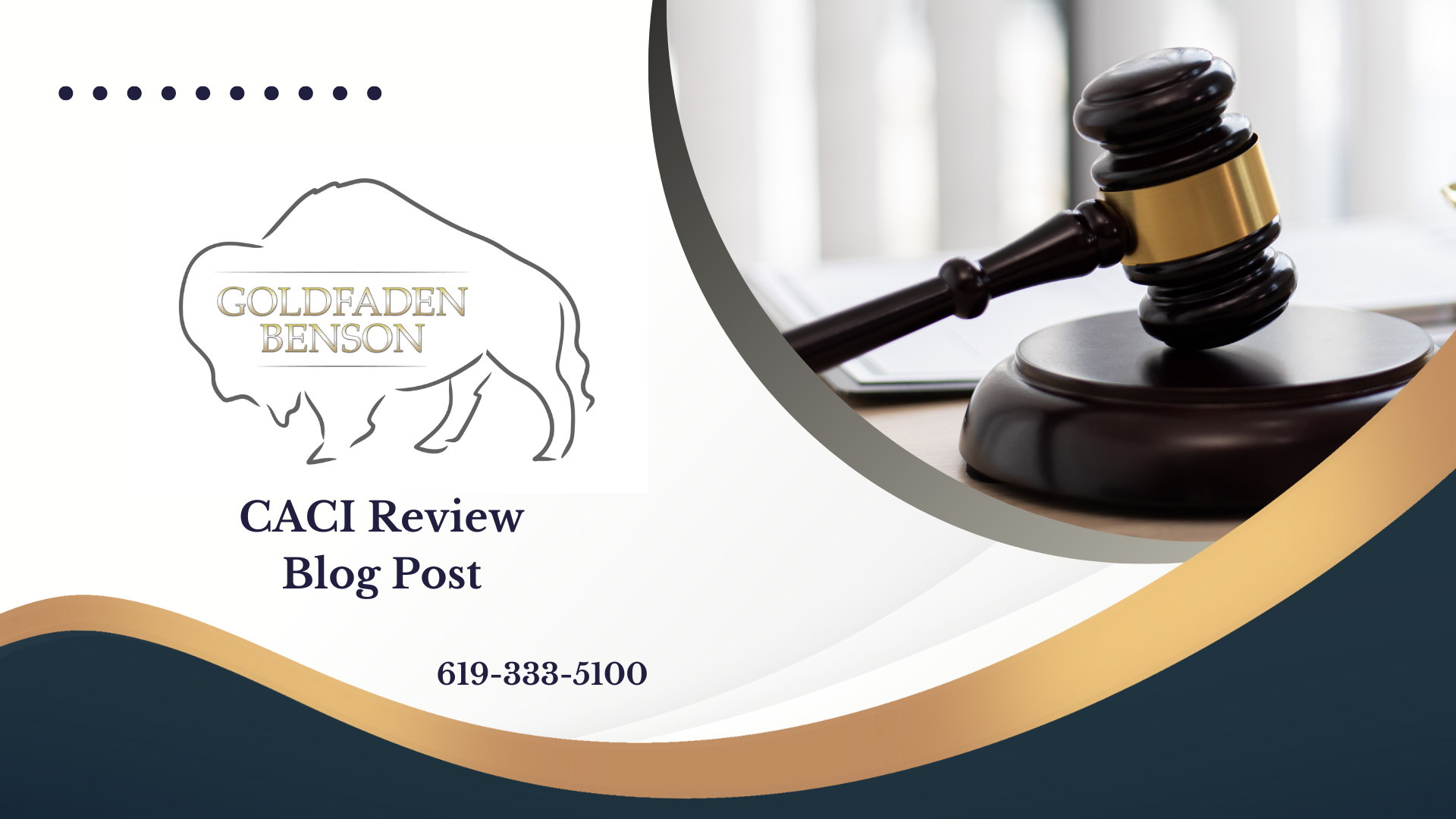Understanding Negligence in Personal Injury Cases
When people think of personal injury law, thoughts of negligence often arise. But what does negligence really mean, and what must be proven in a court of law? Let’s break it down.
Negligence is a legal standard imposed on individuals to ensure that they act with reasonable care toward others. If a person fails in this duty and another person is harmed as a result, the negligent individual may be held liable for damages. This can come into play in scenarios such as car accidents, slip-and-fall incidents, and even medical malpractice.
What needs to be proven in a negligence case? According to the California Civil Jury Instructions (CACI No. 400 on Negligence), there are three main elements that a plaintiff must establish to succeed in a negligence claim:
1. **Duty of Care**: The defendant must have owed a duty of care to the plaintiff. This means the law recognizes a relationship between the two parties where one party should reasonably foresee that their actions (or lack of actions) could affect the other’s well-being.
2. **Breach of Duty**: The plaintiff must prove that the defendant breached their duty of care, meaning the defendant acted (or failed to act) in a way that a reasonable person would not have under similar circumstances. If you’ve ever seen a driver texting while driving and caused an accident, that’s a breach of duty – reasonable drivers don’t engage in distracting behaviors while behind the wheel.
3. **Causation**: Finally, it must be shown that the defendant’s actions were a substantial factor in causing the plaintiff’s harm. This is not just about proving that harm occurred, but establishing a direct link between the negligent action and the damages suffered. For example, if a fall caused by a wet floor results in serious injuries, it must be evident that those injuries were indeed caused by the fall and not some other unrelated event.
Remember, even if a plaintiff proves these three elements, they may still have to contend with comparative fault. In California, if the plaintiff is found to be partially responsible for their own injuries, their recovery amount may be reduced by that percentage of fault.
Negligence encompasses a spectrum of behaviors and situations. Understanding these core elements can aid those looking to navigate personal injury claims effectively.
If you've experienced an injury because of someone else's negligence and have questions about your situation, feel free to reach out to Goldfaden Benson for assistance. Our experienced attorneys specialize in personal injury and are ready to help you seek the justice you deserve. Don't hesitate—understanding your rights in these situations is crucial to your recovery.
For more insights, visit our resources at www.goldfadenbenson.com. Remember, you're not alone in this journey.








